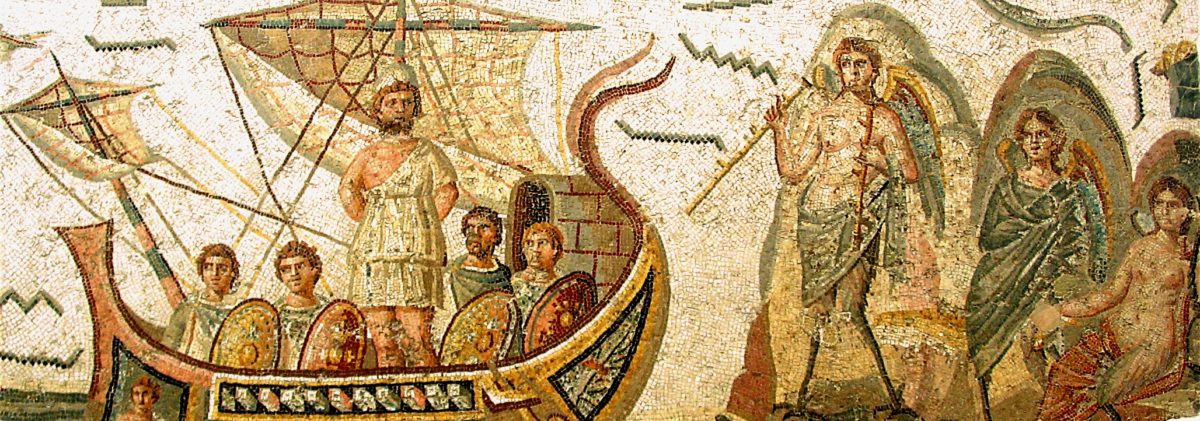The Shroud of Turin is probably the most famous supposed relic in existence. It is a 4.4-meter-long linen shroud bearing the image of a crucified man. Supporters of the shroud claim that it is the actual burial shroud of Jesus of Nazareth and that the image on the shroud is the true image of Jesus, created at the moment of his resurrection.
It is easy to see why this idea is so appealing. If the shroud were authentic, it would be a remarkable source of information about Jesus the human being. Unfortunately, we can be virtually certain that the Shroud of Turin is a hoax that was originally created in France in around the 1350s AD by an artist trained in the Gothic figurative style as part of a faith-healing scam.
We know this primarily because there is no definitive record of the shroud prior to the fourteenth century and the earliest definitive record of the shroud is a letter recording that the forger who made it had confessed, but also because of a wide array of other factors. For instance, the shroud doesn’t match the kinds of funerary wrappings that were used in the Judaea in the first-century AD or the specific description of Jesus’s funerary wrappings given in the Gospel of John. The fabric of the shroud has also been conclusively radiocarbon dated to the Late Middle Ages.
Additionally, the proportions of the figure on the shroud are anatomically incorrect, but they closely match the proportions of figures in Gothic art of the fourteenth-century. The bloodstains on the shroud are not consistent with how blood flows naturally, which suggests the stains have been painted on. Finally, the fabric of the shroud was made using a complex weave that was common in the Late Middle Ages for high-quality textiles but was not used for burial shrouds in the time of Jesus.
Continue reading “The Shroud of Turin Is Definitely a Hoax”










